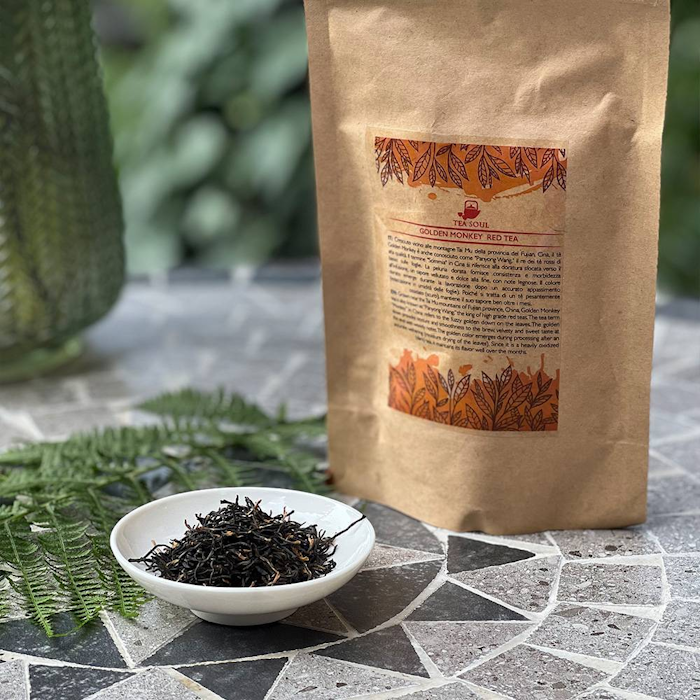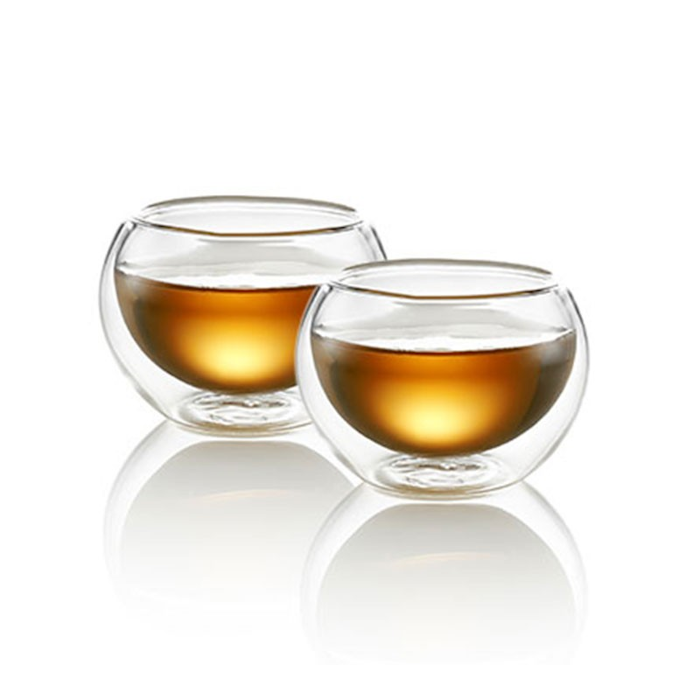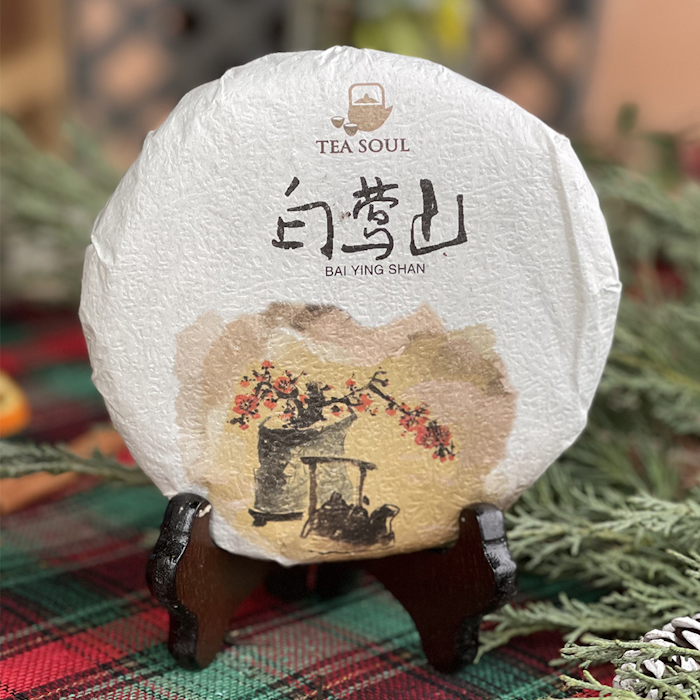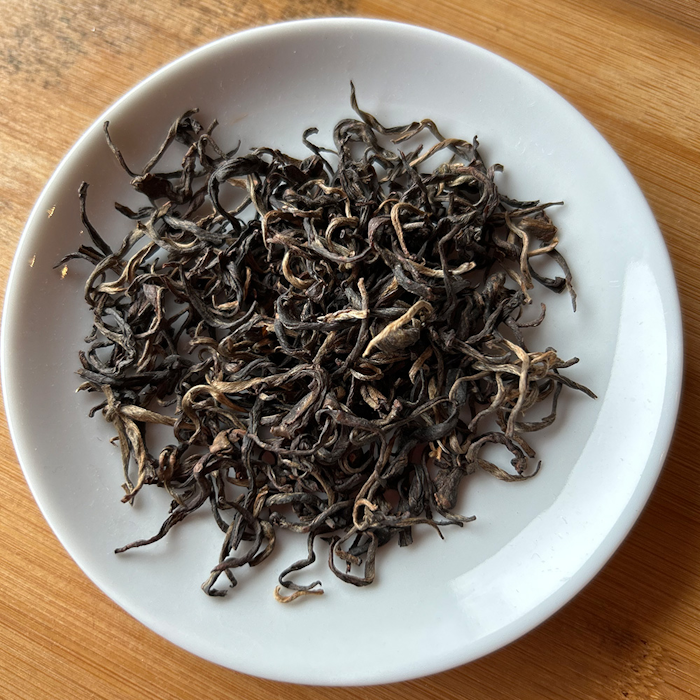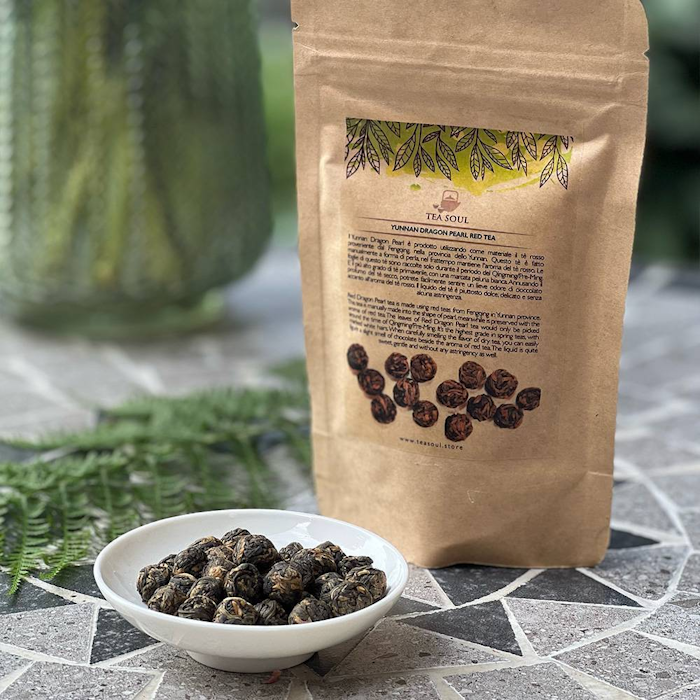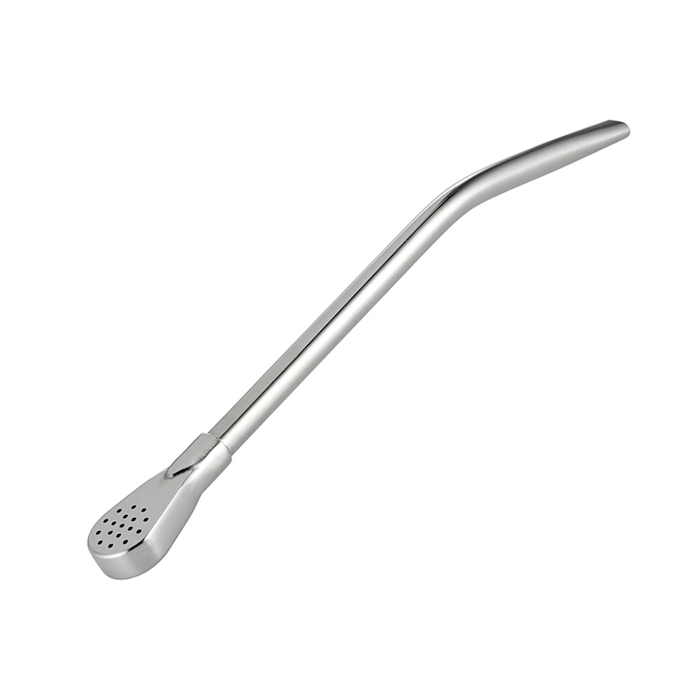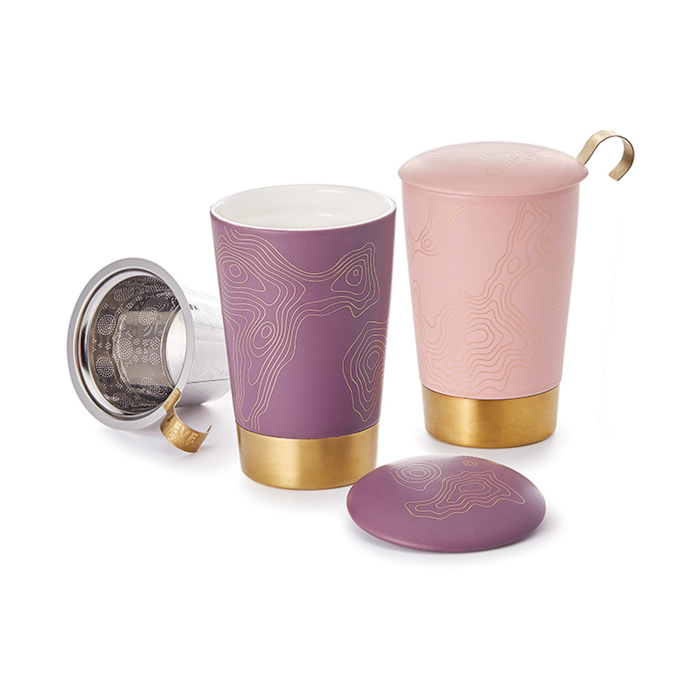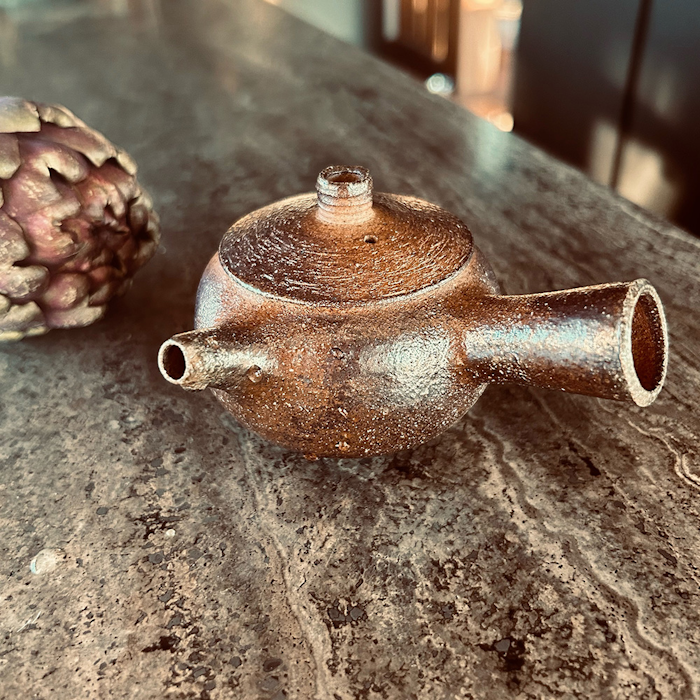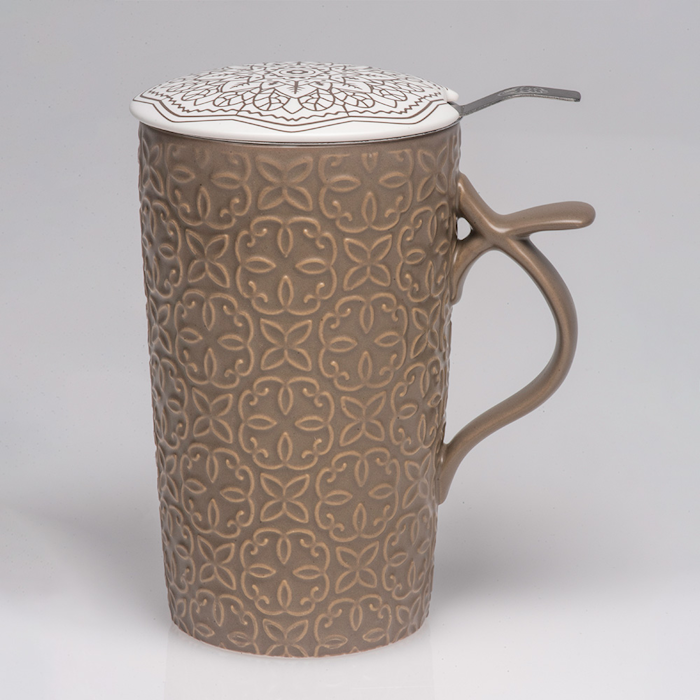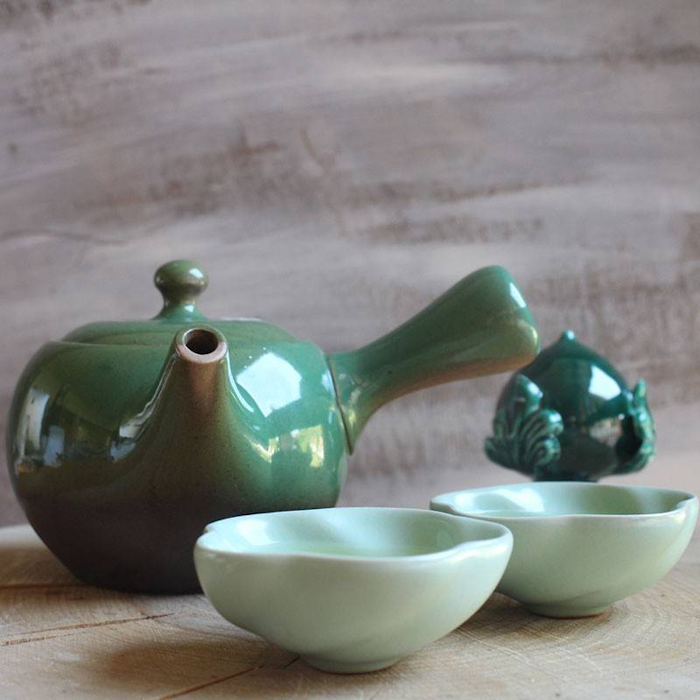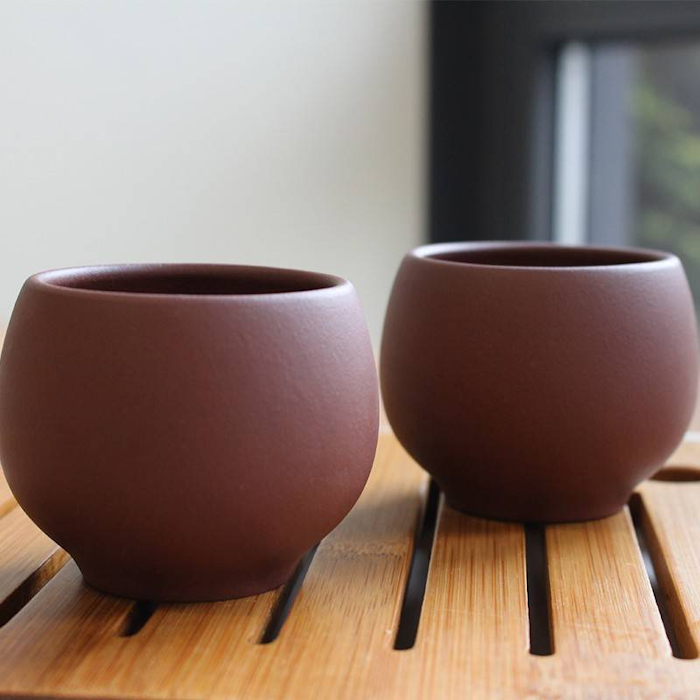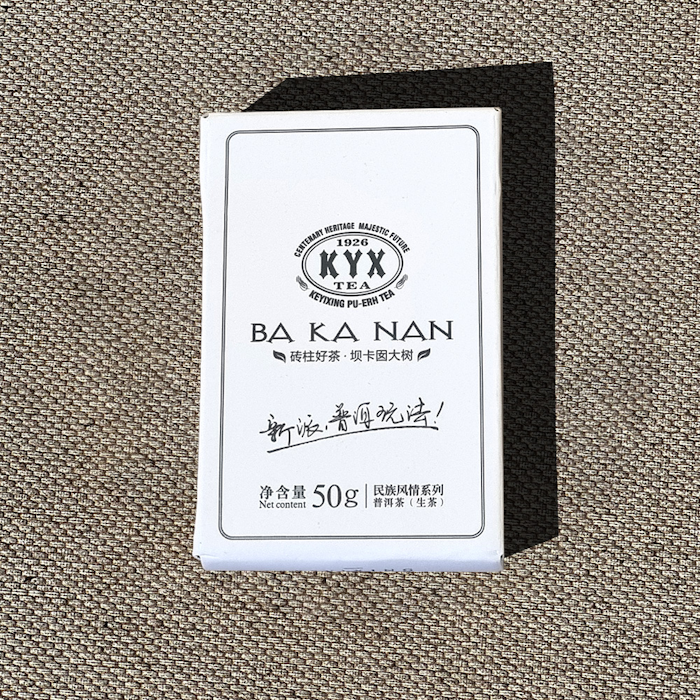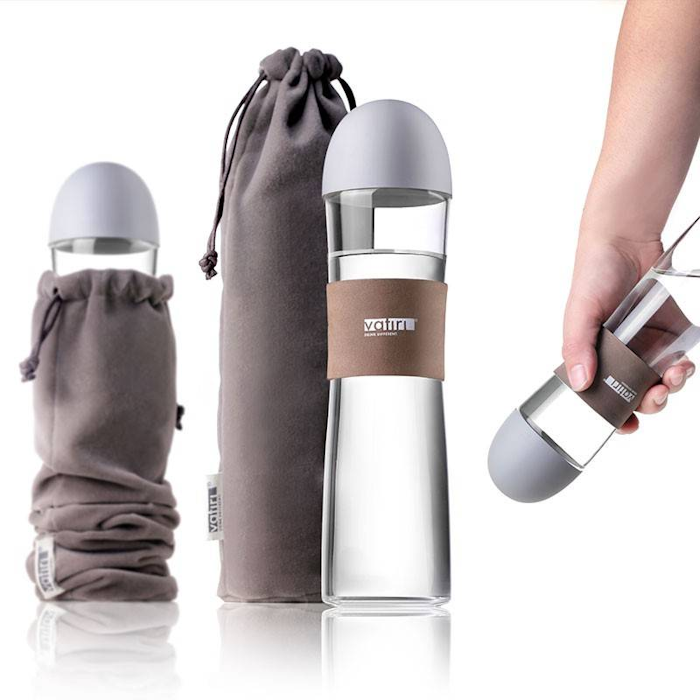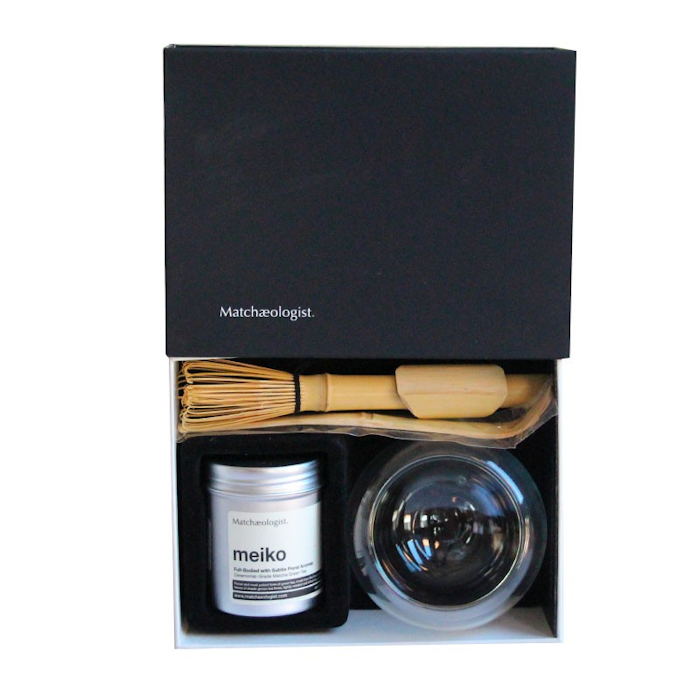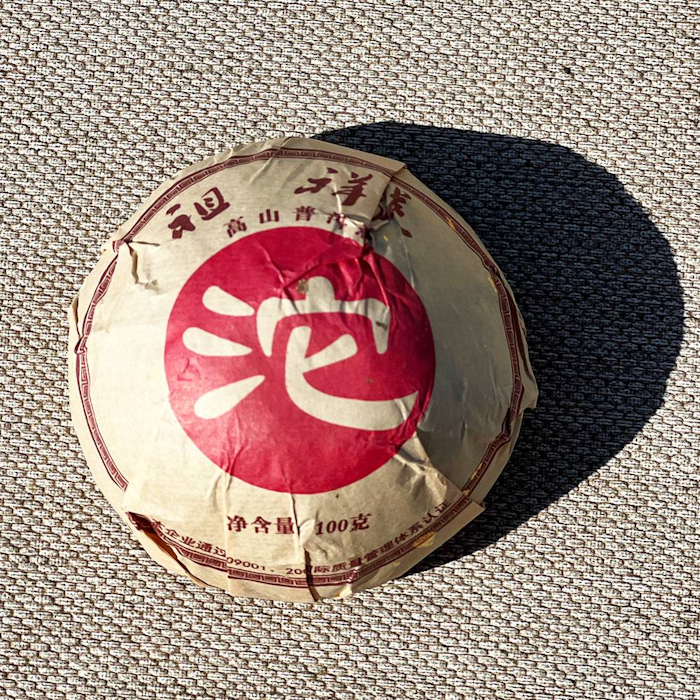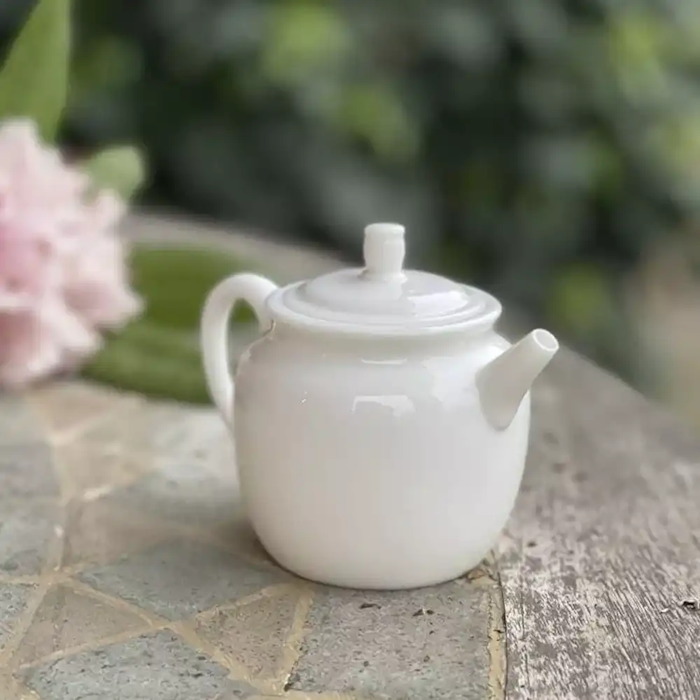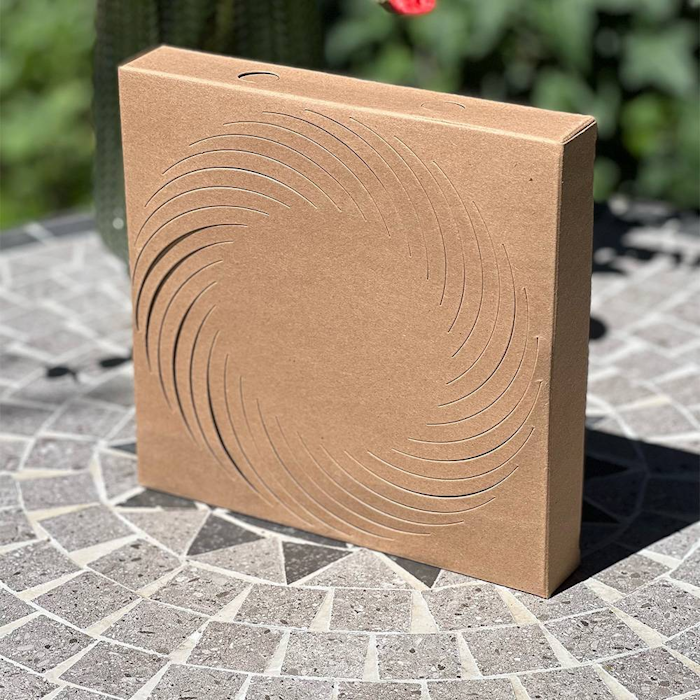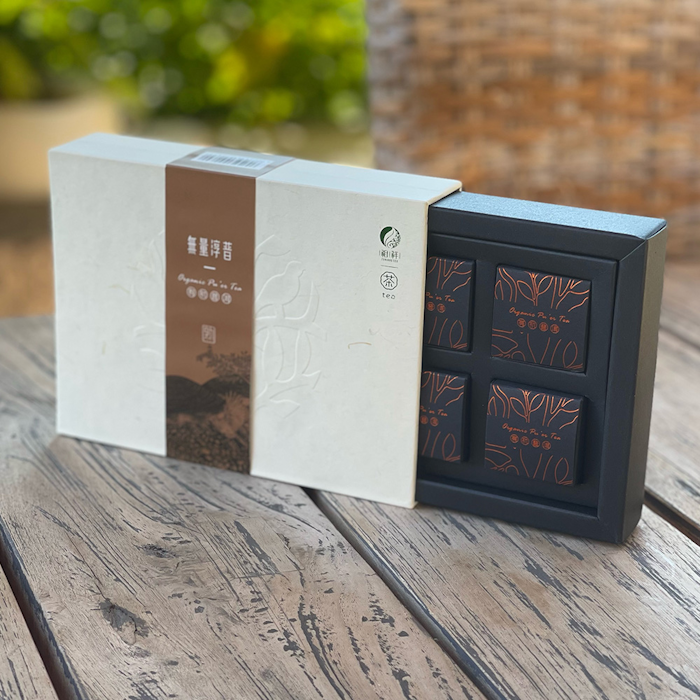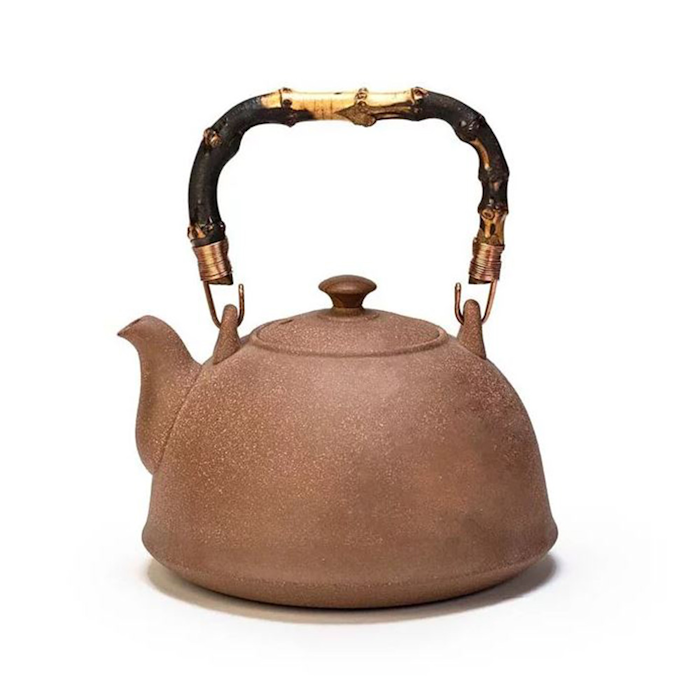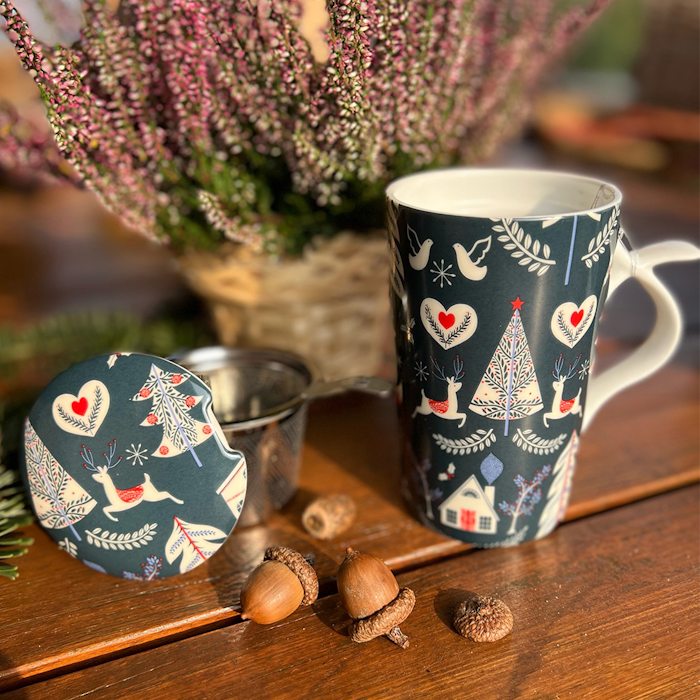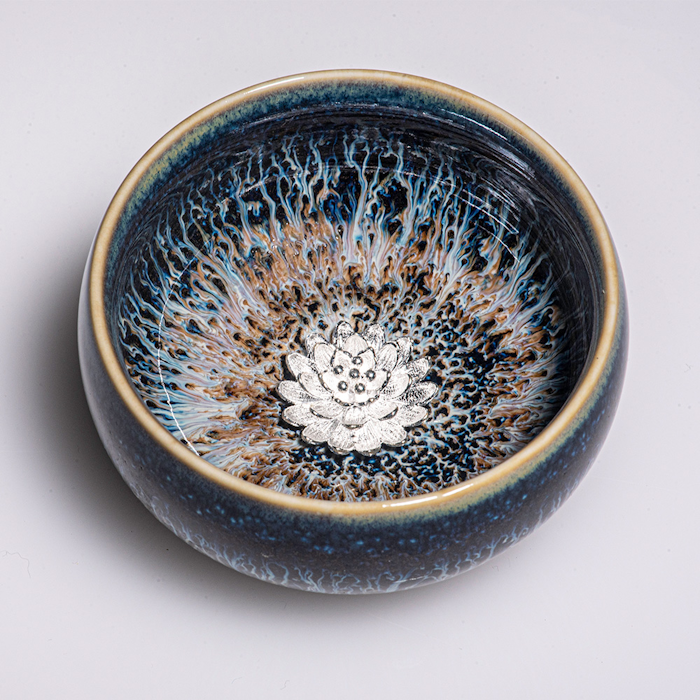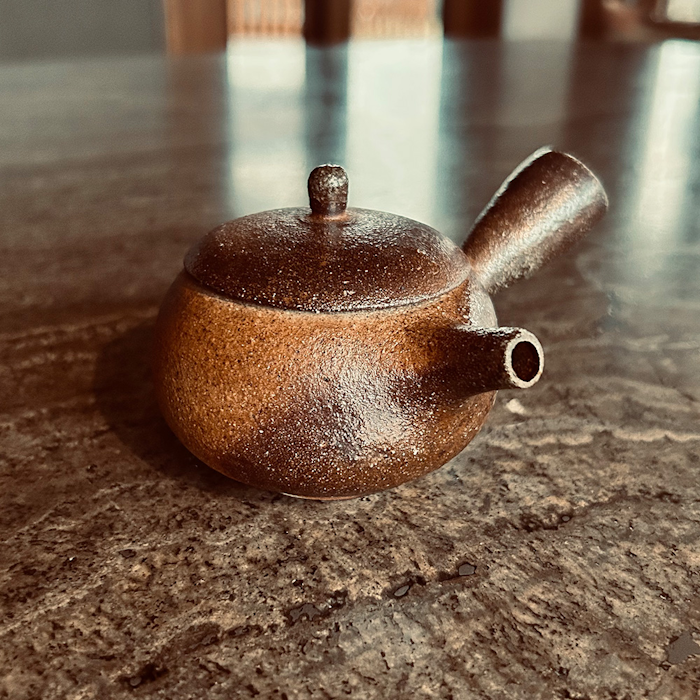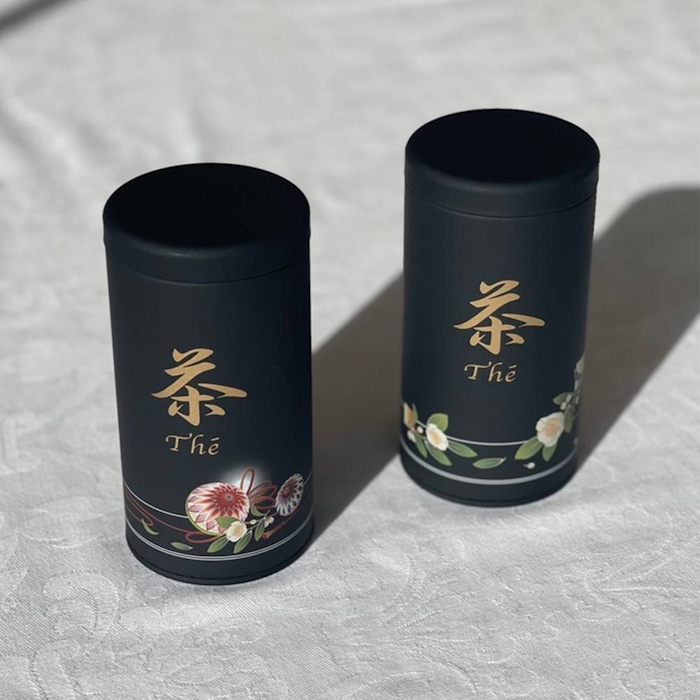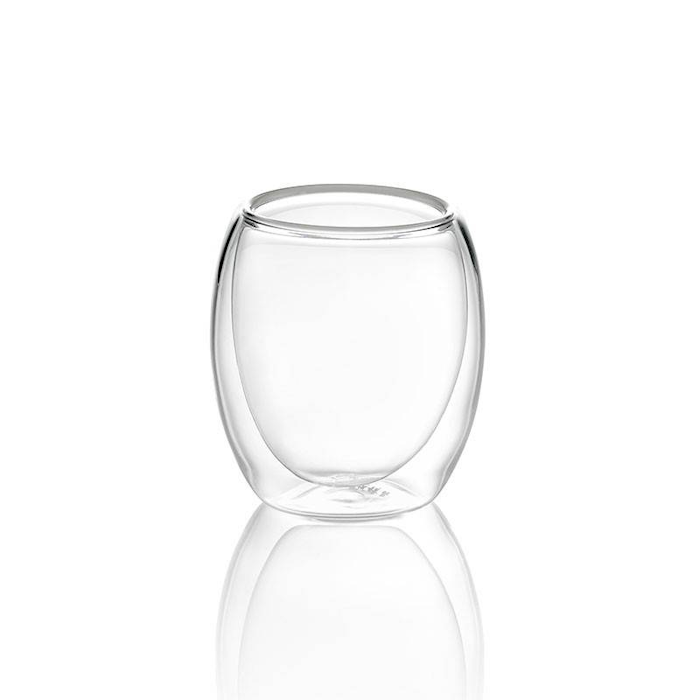TheCoral GABA white tea is a Taiwanese-born rarity that requires anaerobic processing, with slightly different processing than traditional white tea.
The result is a very sweet, GABA-rich white tea that helps reduce stress naturally and improves concentration. The fresh, sugary taste of tropical fruit is its special feature, with an intensity in flavor that lingers even after several infusions with the same leaves.
The particular combination of white tea characteristics and GABA processing might help those who dislike more tannic and full-bodied flavors to approach this type of product, which is excellent for health and rich in gamma-aminobutyric acid.
TASTING - Sight and Smell
Coral GABA white tea has large, long, crisp leaves that are rolled on themselves rather tightly, with the presence of a few stems. The opaque surface of the leaves has colors ranging from charcoal black to dark brown, with beautiful reddish hues. The nose already has a sweet, fruity aroma reminiscent of dehydrated pineapple. Once infused, the leaves release aromas of caramelized sugar, candied fruit and a light floral finish of iris. The liqueur is bright, golden yellow and transparent.
Tasting Notes
GONG FU CHA
The first infusion of Coral GABA white tea is super sweet and reminiscent of sugar syrup, fruit candies and mango. With the second infusion this fruity, candy-like sensation veers to a vaguely woody and balsamic hint, slightly bitter at times, with a fresh eucalyptus aftertaste and a molasses finish. The third and following infusions again feature candied fruit, particularly exotic and sweet fruits such as mango and pineapple. There remains a pleasant balsamic hint that refreshes the palate and balances the assertive sweetness of this tea.
TO THE WEST
Coral GABA white tea has a sweet note in the opening reminiscent of candy, candied fruit and white sugar. This is followed by fruity notes of banana, mango, and peach in syrup, closing with a sweet floral note reminiscent of osmanthus flower and refreshing to the palate. The body is medium dense, very smooth; there is no perceived bitterness or astringency, and the persistence is long and sugary, with sweet notes of molasses.
Location of origin
Taiwan
Infusion method
We strongly recommend infusing this tea in the traditional Chinese method (Gong Fu Cha) with a gaiwan with a capacity of about 150 ml. By following this preparation, with 5 grams of leaves, multiple infusions can be made that are useful to feel all the flavors of the tea to the fullest.
Heat the water to a temperature of 85°C and proceed to an initial infusion of 20 seconds: 10 seconds are added to subsequent infusions. This tea thus allows us to make 5-6 infusions using the same leaves.
For a more classic preparation according to the Western style we recommend 3 grams of leaves in a 200 ml cup with water at 85°C for an infusion time of 3 minutes.
For a better tasting experience we suggest that you strain the tea as soon as the infusion time is over. The infusion timings we suggest can be slightly modified to your liking to achieve a more or less intense taste.
We recommend storing in a cool, dry place away from direct sunlight.
Benefits of GABA tea
Tees with a high concentration of GABA have a special relaxing effect on our body. Gamma-aminobutyric acid (GABA), in fact, is a neurotransmitter that our body already synthesizes and uses in cases when there is a need to reduce excessive arousal of the nervous system.
GABA teas therefore, due to their mild excitatory effect, can be drunk without problems at any time of the day, even by the most sensitive people. In fact, some caffeine is still present in the leaves, but its effect is almost nil due to the high concentration of gamma-aminobutyric acid.
In addition to being suitable at any time, GABA teas provide some antioxidants and minerals that are useful, along with a healthy lifestyle, in slowing down cellular aging.









